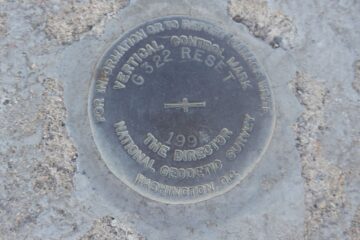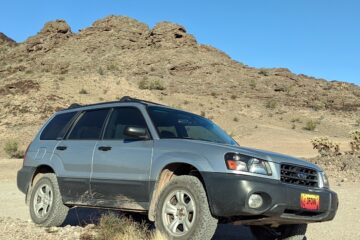What do you need to create a good geocache? What are the components and qualities of a good owner and creator? Experience, innovation, hard work, dedication and many other qualities define the wonderful players who dedicate their time to making us happy.

Will we share our secrets? Of course yes! The geocaching community is a completely open and empathetic world and most of the players you meet will be willing to chat for a while, lend a hand and help you in any way they can. That’s how we are!
Today a Spanish geocaching team reveals to us some of its secrets, tricks and materials to create handmade geocaches. Let’s go!
Our name is Pencilsfinders from Spain, specifically from the west of the country, in Extremadura. We started playing last year (2017) and now the game has become our great passion. We have always been restless creators of crafts, and the game allows us to develop this creativity. In this article we are going to talk about how we obtain our materials and which ones we trust the most.
We mainly use and reuse many elements of the environment, such as stones, wood, pineapples … And we add a bit of work to mimic them with the environment and turn them into a geocache. The same for the urban, where we buy or reuse processed materials. Screws, light meters, hollow nuts, advertising stickers, vents …

Our favorite places to get hold of the materials are DIY and plumbing shops, Chinese bazaars and the all-powerful network. We buy primarily on Amazon and AliExpress, as you can see, we are like any of you – using creativity to amuse others. It’s fantastic!
Here you have a list of our favorite materials:
- Tubes. We use small tubes to place caches in the ground. This way, it is easier to put it back in its place once it is signed and the integrity of the logbook is better protected.
- Nano Containers. They are the basis of everything. You can attach them, insert and place them almost anywhere. We use them for containers with snails, gum, insects … Everything! Our favorites are the watertight pillboxes and the centrifuge cans of both 0.2 ml and 5ml.
- Small Plastic Bags. Of approximately 4 cm and with closure. We use them to protect the logbook. They are key if the container fails.
- Neomide Magnets. It is important to take into account the weight they bear. At the moment we have found some in Amazon very resistant and are our favorites. Sometimes we also use A4 or A3 magnet sheets, which we cut and prepare. You can find them in bazaars. Sometimes they are sold as whiteboards for a refrigerator.
- Battery Drill. We would not know what to do without him.
- A Box of Tools and Various Containers. Test tubes, cosmetic bottles, bags of different sizes.
- Containers for Lenses, Indispensable. They are our favorite micro-nano to join anywhere. We introduce the magnet inside and add a little liquid glue.

- Any Object Bought (or not) that Mimics the Environment. Walnut shells, plastic aquarium plants, traffic signs, bricks and debris …
- A Good Glue It’s fundamental. We use different glues according to the need. But undoubtedly our star glue is: Pattex Montafix 600 Instant Tack. It is not instantaneous, but the next day the result is incredible. A hard paste is formed that is impossible to separate and resistant to extreme climates. We have tested it at 1600 meters high, 5249.343 feets. Under snow, frost and seasonal rain.

These and many other materials are what we use. If you want to know more things, ask any questions, or simply visit any of our creations, you can contact us through our geocaching profile (Pencilsfinders) or on Instagram (@Pencilsfinders). Best regards! And go geocaching!
How do you build DIY creative hides? Next time you hide a homemade container – tag @GeocacheTalk and @PencilsFinders so we can share your creation!


****** ***
To enter the park, there is a $2 fee. The loop provides gorgeous, mesmerizing views of the lake, canyon, and lushest part of the dam. Wildlife viewing, paddle boarding, trail running, sunbathing, and geocaching – of course – can be enjoyed here. As always, make sure to pack plenty of water & sunscreen. Other hikers may be drawn to your high “T” skills, while us cachers applaud your “D” reasoning capabilities. Remember to bring a camera; it will definitely be a memorable moment for all members of the Geocache Talk Family. Good luck!
The Geocache Talk blog wants your geocaching-related stories and insights – and DIY tips! Please contact me, Angie (aka @GeoJangie), to write a guest blog post or if you have any recommendations for subjects or authors. I can be reached via my email: JangieGoWest@gmail.com or through Instagram, Twitter, or Facebook.
Enter your email address below to receive each new Geocache Talk blog post directly into your inbox!




